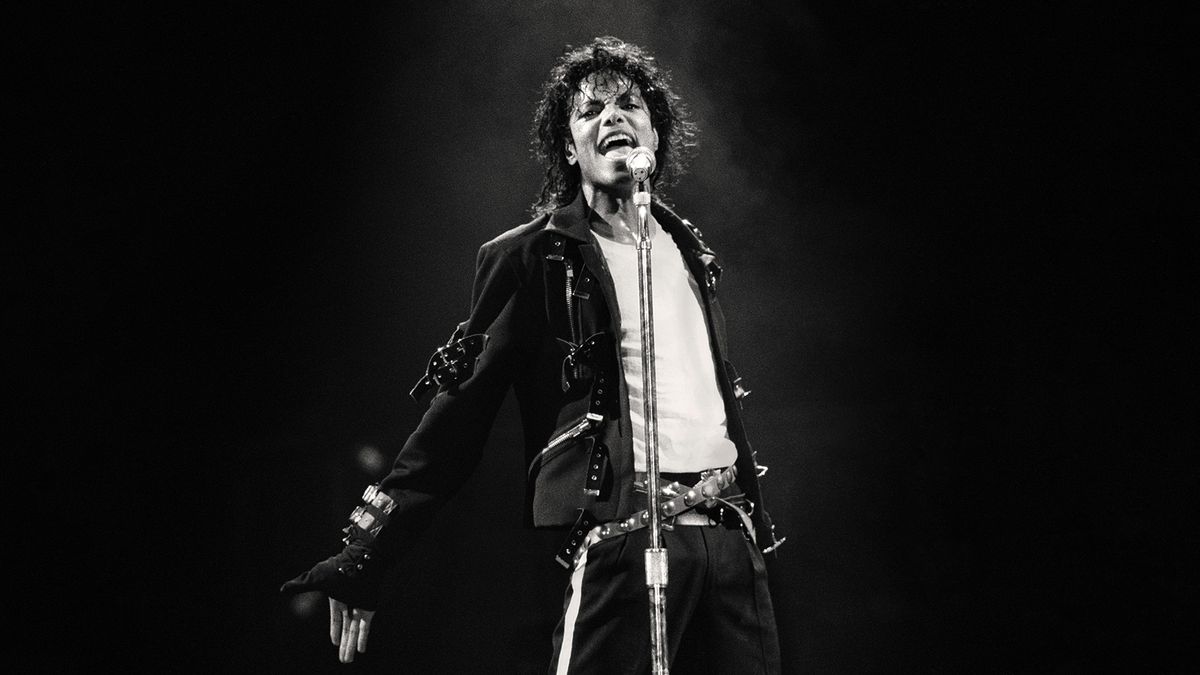it’s the last three sections for me this is the kind of analysis that I love & crave
this is the kind of analysis that I love & crave
Agreed. There aren't nearly enough articles like this for my liking.
this is also my favourite michael song

thank you for bringing this article to this thread 
I'm just glad I found it. It had only been online for a few hours so I was really excited. We don't have enough stuff like this and finding up-to-date stuff is even harder. I loved the fact that the article was so long and it's just one song being analysed.
it definitely belongs here.

if i personally had a chance to interview michael, the majority of my questions would be about this song.
I admire your restraint, lol.

I would love to interview Michael but my dilemma is the huge number of things I'd want to cover. It probably wouldn't work bc the interview would be too long, too unwieldy and just plain exhausting. For both of us! But the idea of restricting it to just talking about Michael's music and selecting just one song (or perhaps half-a-dozen, for me) does make a lot of sense.
I was hoping that the audio tapes of his memoirs, would eventually give us his perspective on it.  we’ve heard from latoya & jermaine.. there was even an article claiming that it was written for john travolta to sing.
we’ve heard from latoya & jermaine.. there was even an article claiming that it was written for john travolta to sing.
Interesting. Not that I can imagine John Travolta singing it ...

I think michael always intended to sing the song himself. even if it could have been inspired by latoya’s situation. lyrically, it was too personal with the mention of billie jean (which indicates that it was written during the ‘thriller’ sessions and not ‘off the wall’ as it was claimed).
Ngl, I'm struggling to link it to LaToya. Yes, as the basic inspiration,
maybe. But those specific lyrics? I'm not seeing it.
stylistically, it was crafted to fit his unique vocal sensibilities.
Exactly so.
the song title can definitely be interpreted as confrontational. however, I never saw michael as the aggressor in the story. rather he was the tormented who builds up strength throughout the song, to overcome his situation at the end.
I think the whole song is confrontational. That's one of things I love about it. But, yes, it doesn't mean that Michael is the aggressor or is advocating violence. I think the lyrics are way more profound than simply, 'oh, you wanna get into it?'.
‘lift your head up high, and scream out to the world
I know I am someone, so let the truth unfurl..’
the backing singers (which include michael) alternate between teasing & supporting him. there’s a gospel element beginning with his above sermon, and concluding with a praise break.
it was his feeling of helplessness being described in the metaphor about vegetables at a buffet being eaten. or the inescapable pain that he’s not able to get over or under.
Helplessness plus rage, I would say. I think this particular lyric is deep and profound. Michael is very upfront in what he wants to say and then is dismissed as a 'song and dance guy'.
the song definitely has an edge & attitude
An entire Mount Everest of edge and attitude!
Totally. And I'm convinced that gets overlooked a lot of the time.
that shares the same ancestry with ‘things I do for you’. the genius of the song, like ‘beat it’ & ‘billie jean’, is that you can still dance to them, even if they aren’t happy songs. I’ve seen many interpret the ‘something’ as a party being started. due to the bright chords & playful melody. yet it’s sung in a slightly more aggressive style. it seems like it was written in the heat of the moment
That's why I love it. Unfiltered.
Go, Michael!
rather than post reflection. hence the randomness of it all.
there are so many possibilities 
So many!



